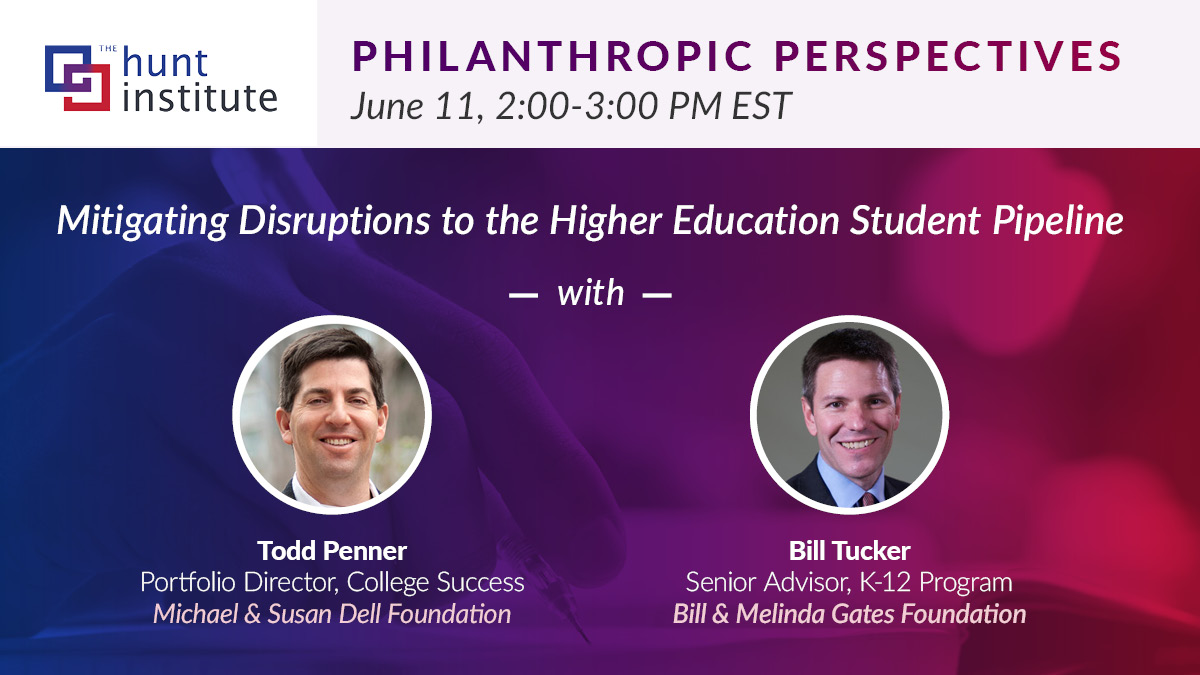

June 23, 2020
 One of the most crucial points in a student’s higher education pathway is the transition into higher education – often described as an incoming “pipeline” of students seeking to complete degrees and certificates. There are a number of points during this transition when students are at risk of falling off track: maybe a student doesn’t know they are eligible for student aid because they didn’t know to apply, or maybe they commit to a school but don’t end up filling out the necessary paperwork over the summer. It has always been important for policymakers and practitioners to support students during these transition points, but the urgency of providing these supports has been magnified by the COVID-19 pandemic.
One of the most crucial points in a student’s higher education pathway is the transition into higher education – often described as an incoming “pipeline” of students seeking to complete degrees and certificates. There are a number of points during this transition when students are at risk of falling off track: maybe a student doesn’t know they are eligible for student aid because they didn’t know to apply, or maybe they commit to a school but don’t end up filling out the necessary paperwork over the summer. It has always been important for policymakers and practitioners to support students during these transition points, but the urgency of providing these supports has been magnified by the COVID-19 pandemic.
We wanted to hear more about how policy leaders are thinking about the best strategies for keeping students on track, especially during this pandemic, so we had a conversation with Bill Tucker from the Bill & Melinda Gates Foundation and Todd Penner from the Michael & Susan Dell Foundation earlier this month. Bill and Todd both work with a number of key community-based partners to help students successfully transition into higher education – and to make successful progress toward completion once they enroll. They both talked about how some of their partners have adapted to the new reality of campus closures as well as what they think the future holds for the higher education sector.
Bill and Todd talked about how both of their foundations pivoted quickly to support the immediate needs of students. A big theme of the conversation was the importance of meeting students where they are, whether that idea manifests as creating texting platforms to connect students with services, moving college advising to a digital service, or removing “in-person” requirements from institution enrollment policies. Our experts noted that institutions that had already begun shifting some of these services to a more student-centric approach were better positioned to handle the sudden transition to online learning that happened because of the pandemic.
Toward the end of the discussion, Bill and Todd each reflected on the pandemic’s long-term implications for the higher education landscape. They both agreed that structural barriers have existed in our higher education system for a long time, and those barriers have always had a disproportionate effect on students of color and low-income students. This pandemic has been a forcing mechanism for institutions to enact change to their models, which creates opportunities to remove some of those barriers and reimagine ways of providing guidance and support to all students – including those who were disadvantaged under the previous system.
The full conversation is in the recorded video below.